The project was built in the late 11th and early 12th centuries, consisting of four towers, each with a distinct architectural style and function. Over hundreds of years, Banh It Tower is not only an architectural work demonstrating the construction techniques and sculptural art of the ancient Cham people, but also a place to preserve many precious historical and cultural values, reflecting the cultural life and beliefs, a convergence of history - religion - art, contributing to the formation of the cultural identity of the Central region. In 1982, the tower cluster was recognized as a National Architectural and Artistic Relic. In 2014, this place was in the top 10 ancient towers attracting the most tourists announced by the Vietnam Record Organization.
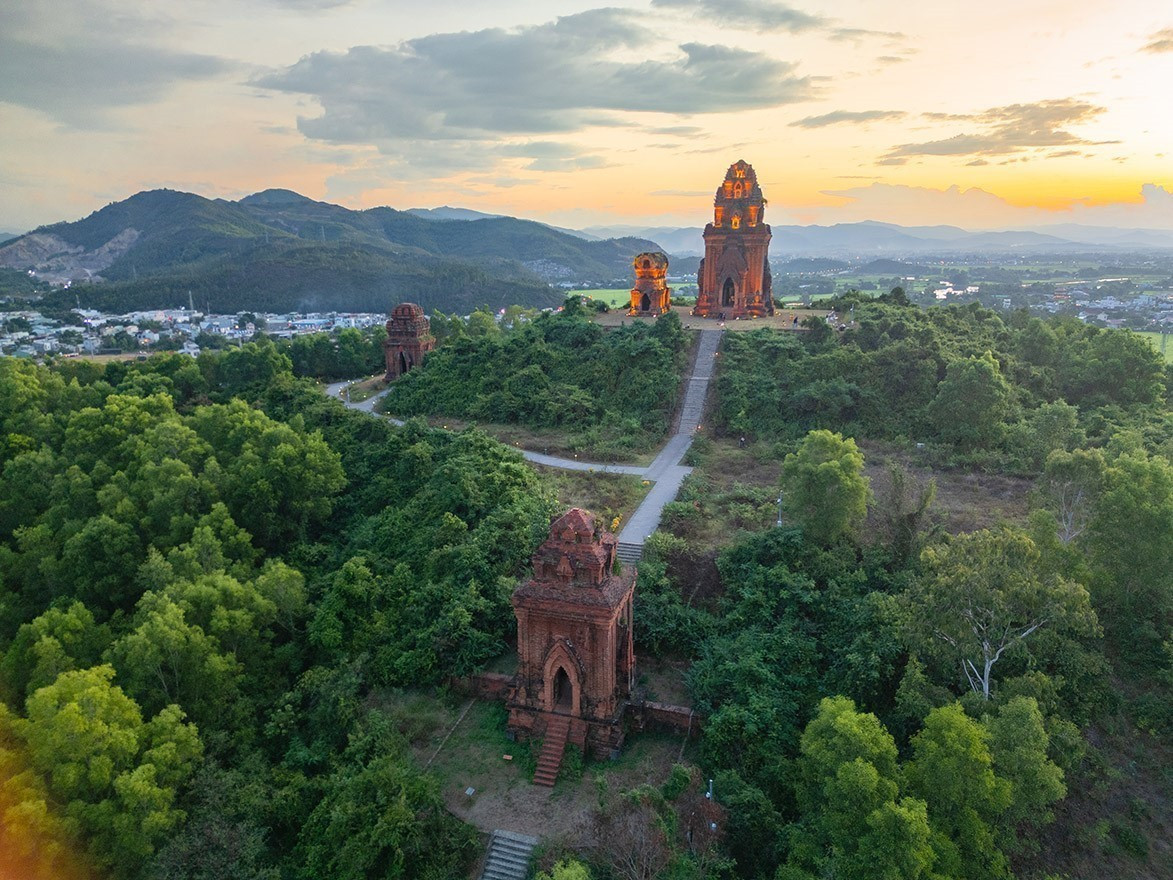
The Banh It Tower complex is located on the top of Tuy Phuoc Bac commune hill, including a cluster of 4 different towers: Main tower (Kalan), Gate tower (Gopura), Fire tower (Kosagrha) and Bia tower (Posah).
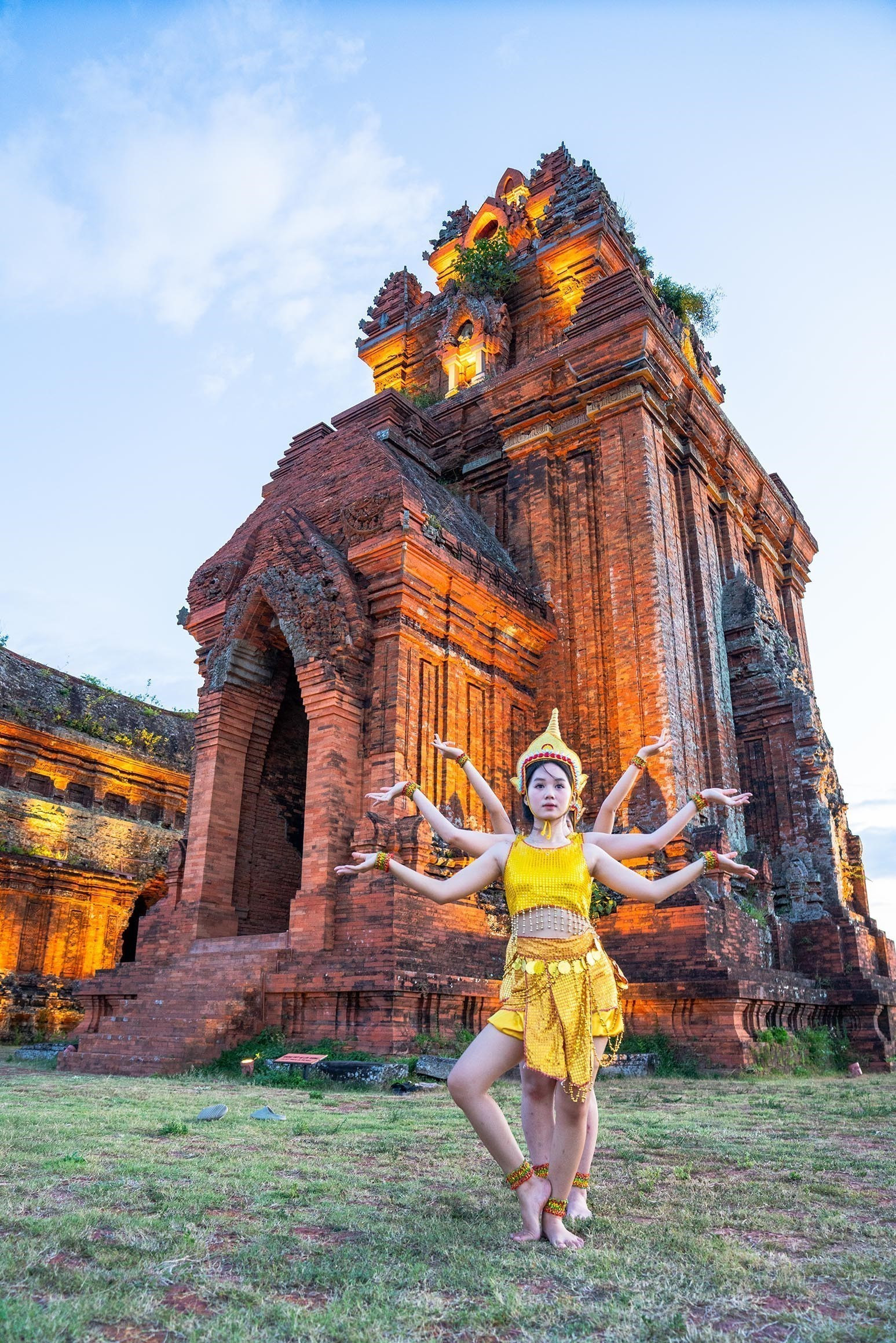
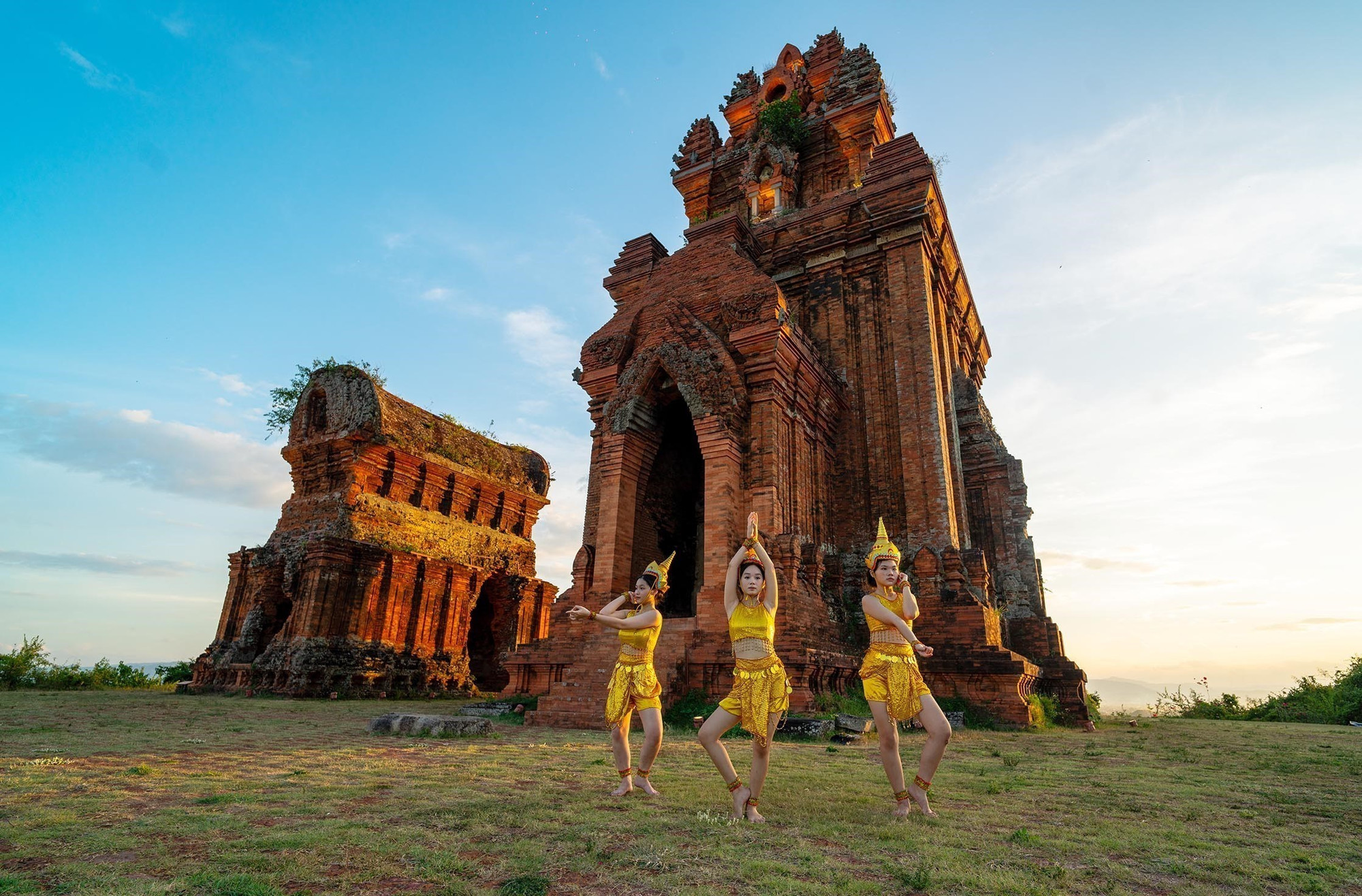
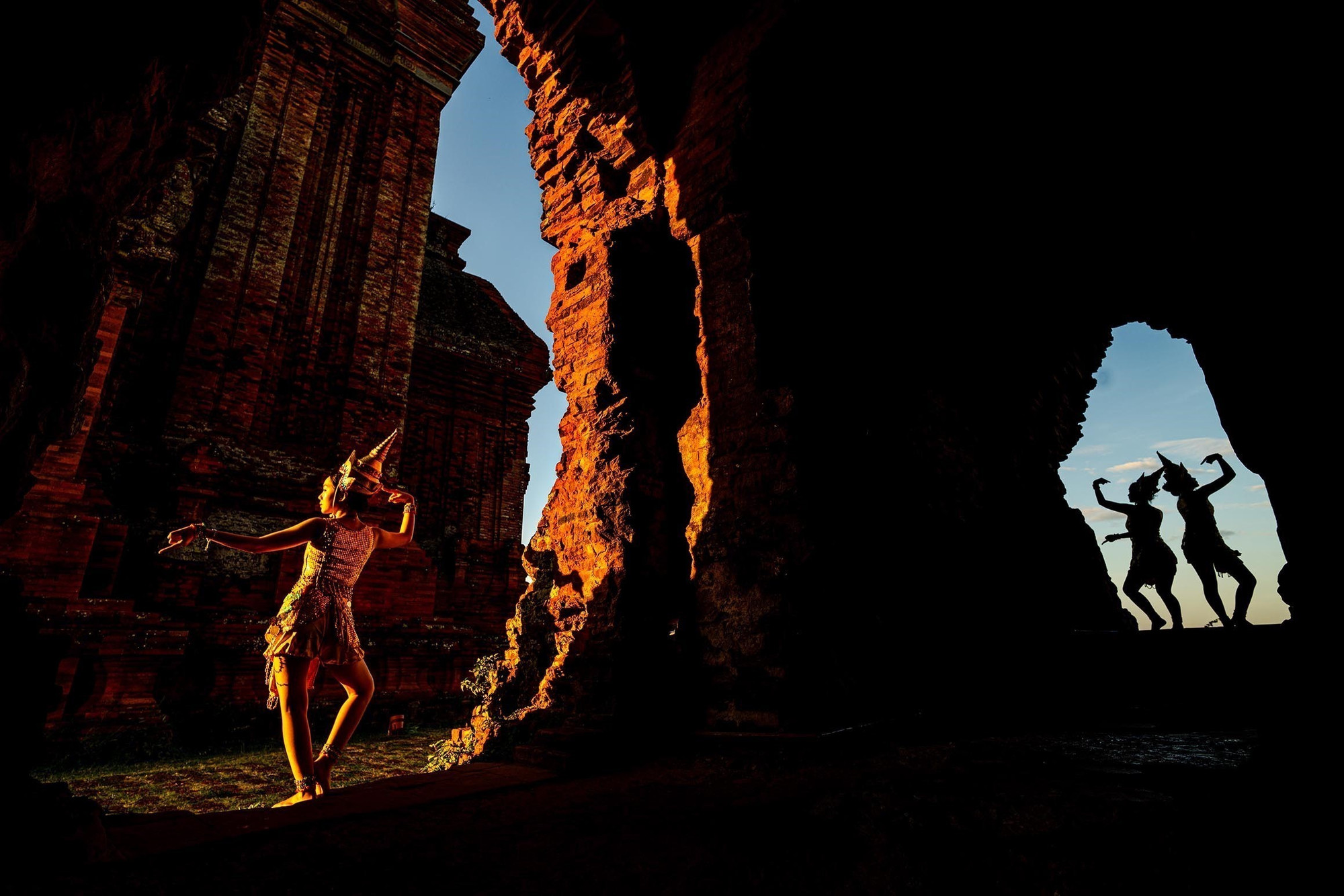
Banh It Tower has been the site of traditional Cham rituals for centuries. Although rituals are no longer held regularly at the tower, it still holds profound significance for the Cham community, as a symbol of the cultural heritage and spiritual values left by their ancestors.
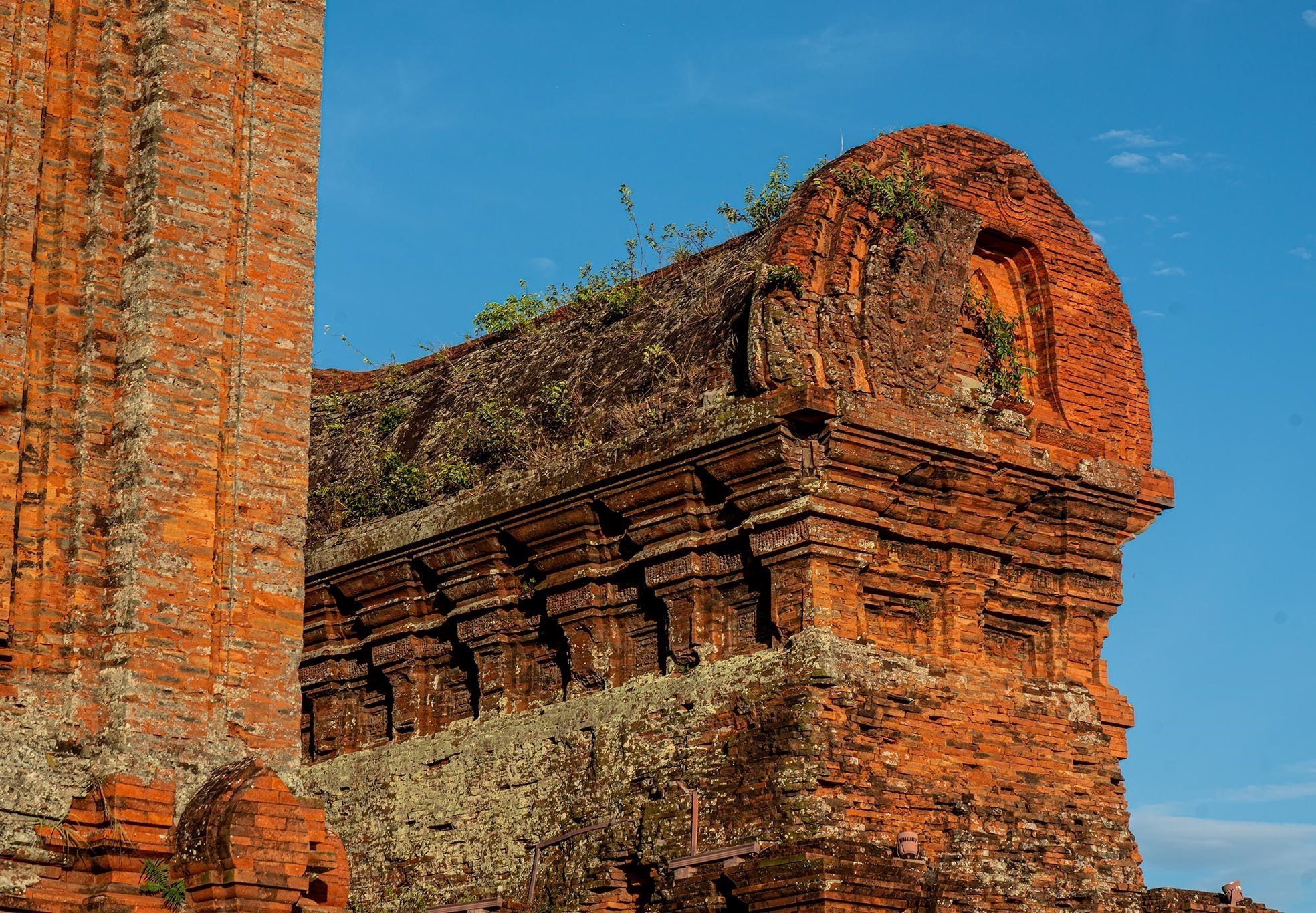
The sophisticated architecture of Banh It tower is a testament to the sustainable construction techniques and high artistic level of the ancient Cham people.
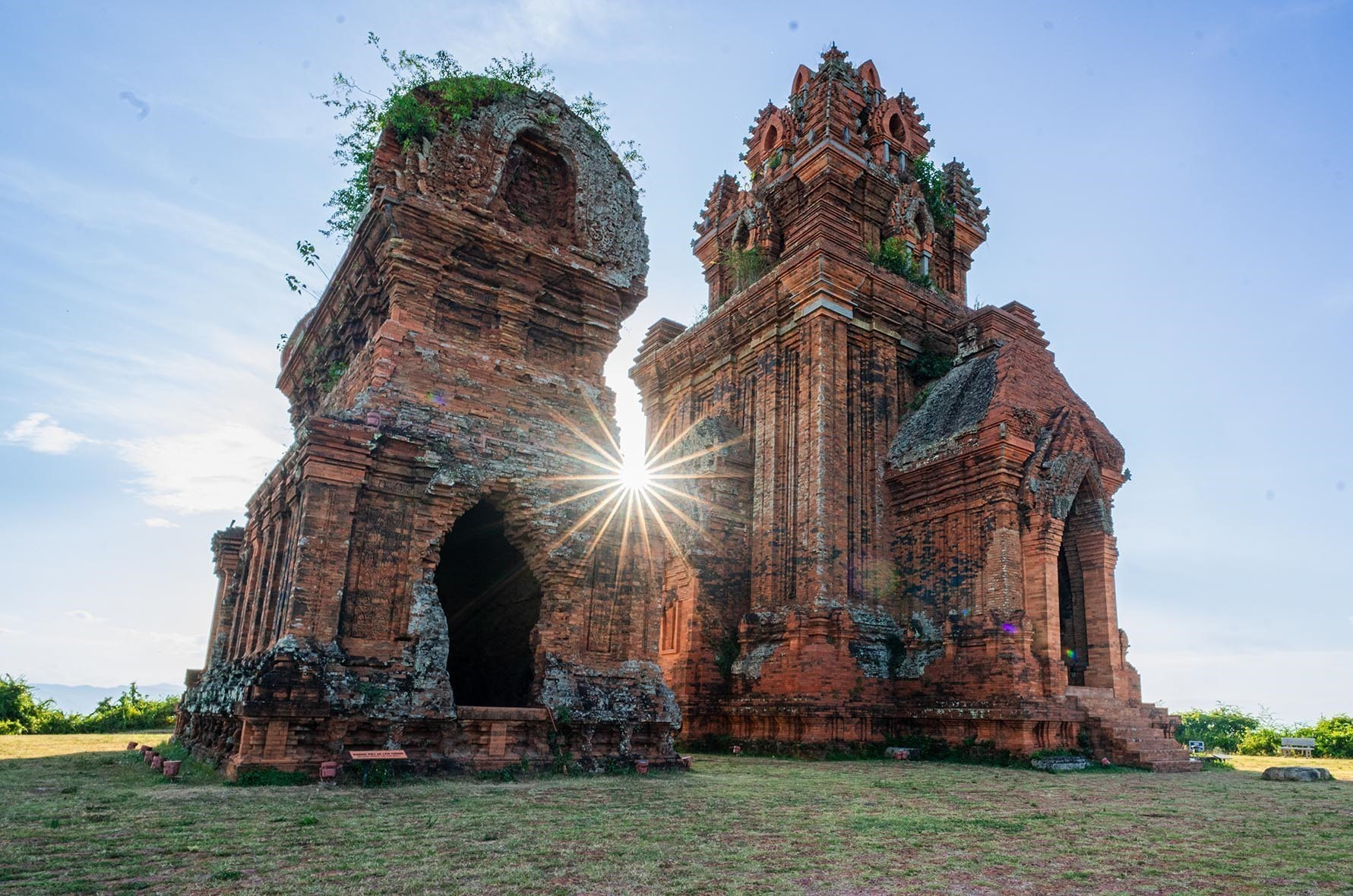
Banh It Tower was built around the end of the 11th century to the beginning of the 12th century, during the prosperous Champa kingdom. This was the period when Cham architecture reached its peak, clearly shown through the motifs, structures and construction techniques.
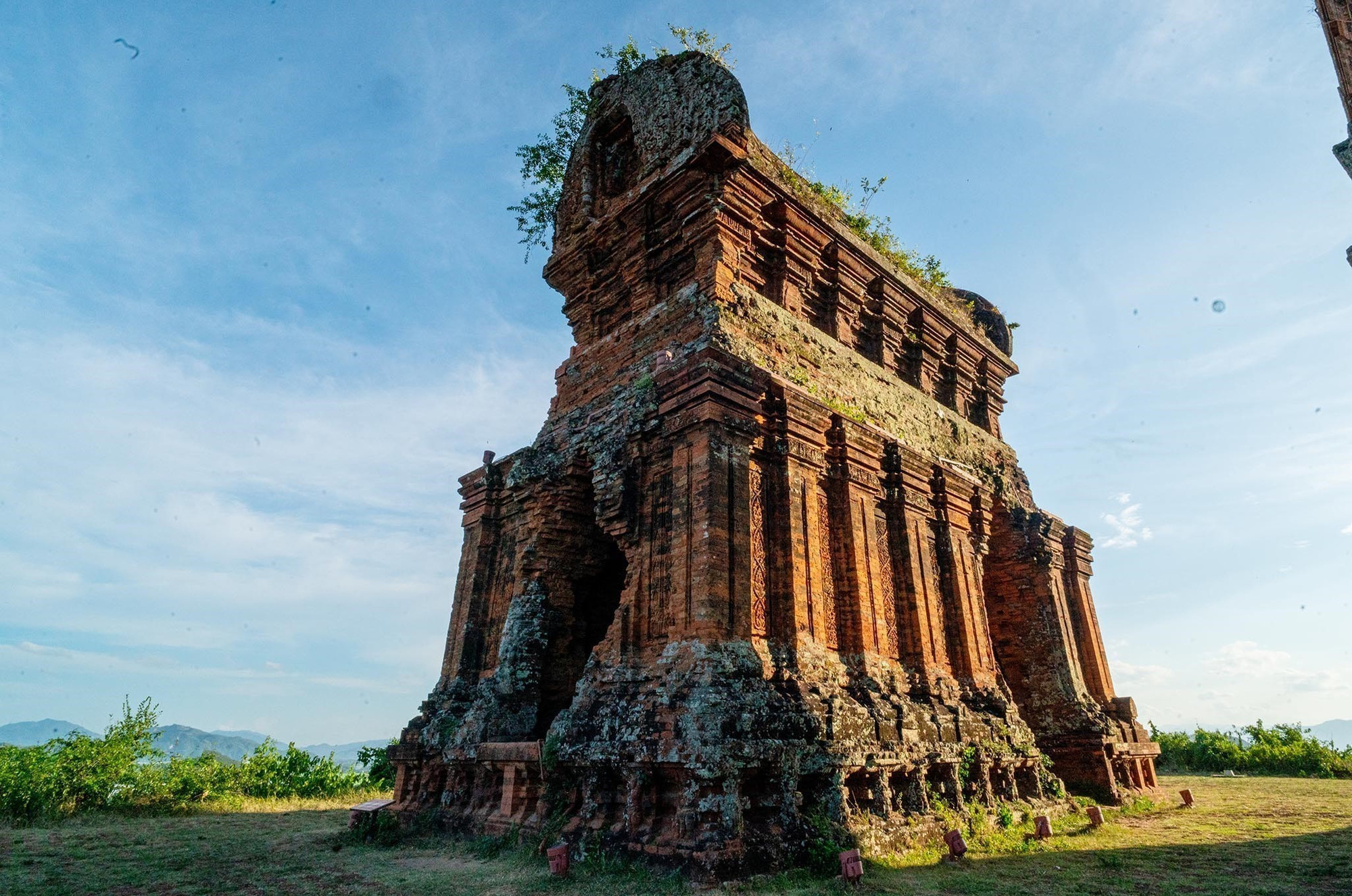
Kosagrha Tower has a rectangular structure, 10 m high, 12 m long, 5 m wide, and 1.4 m thick walls. This structure is also known as the Saddle Tower.
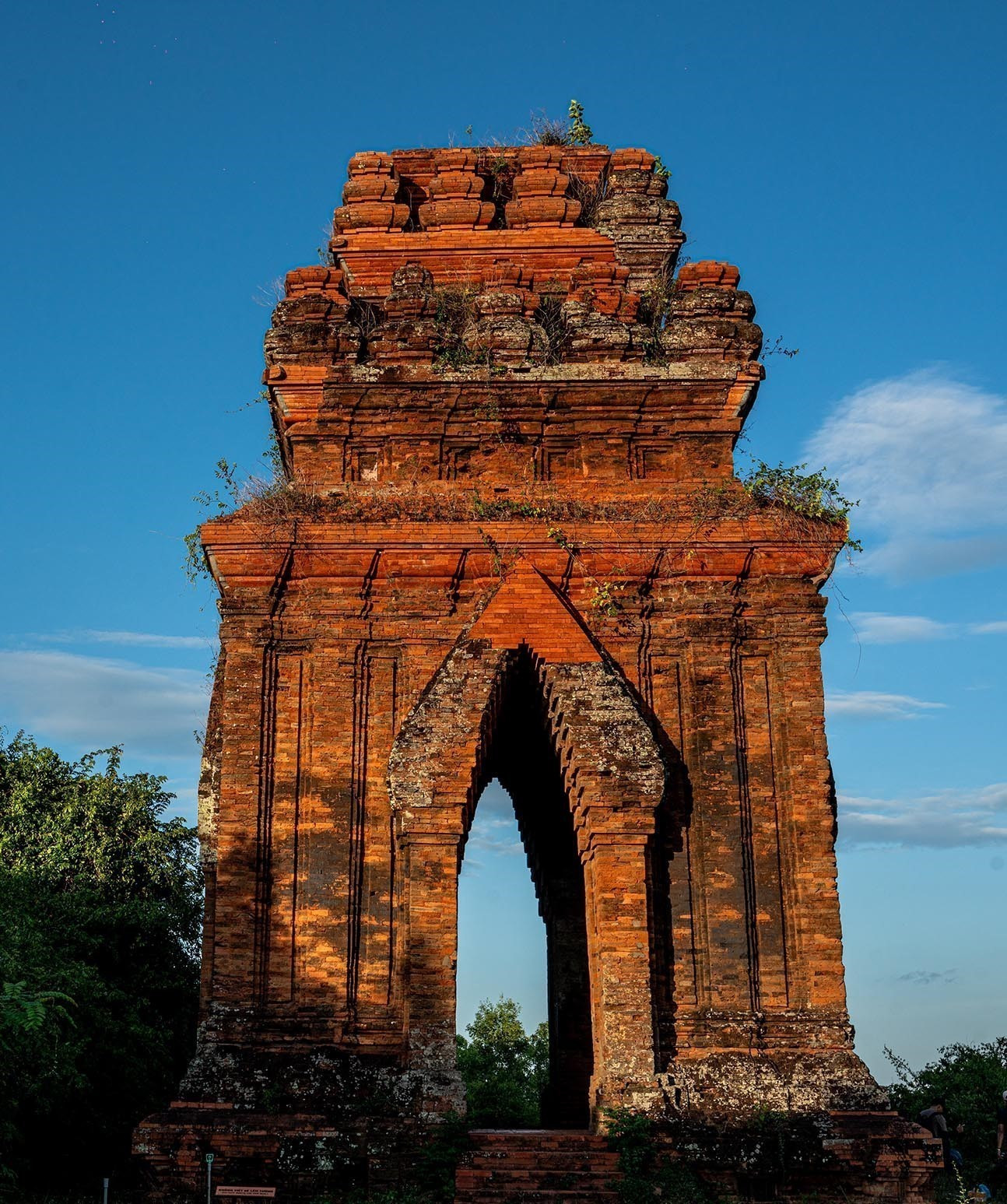
Posah Tower
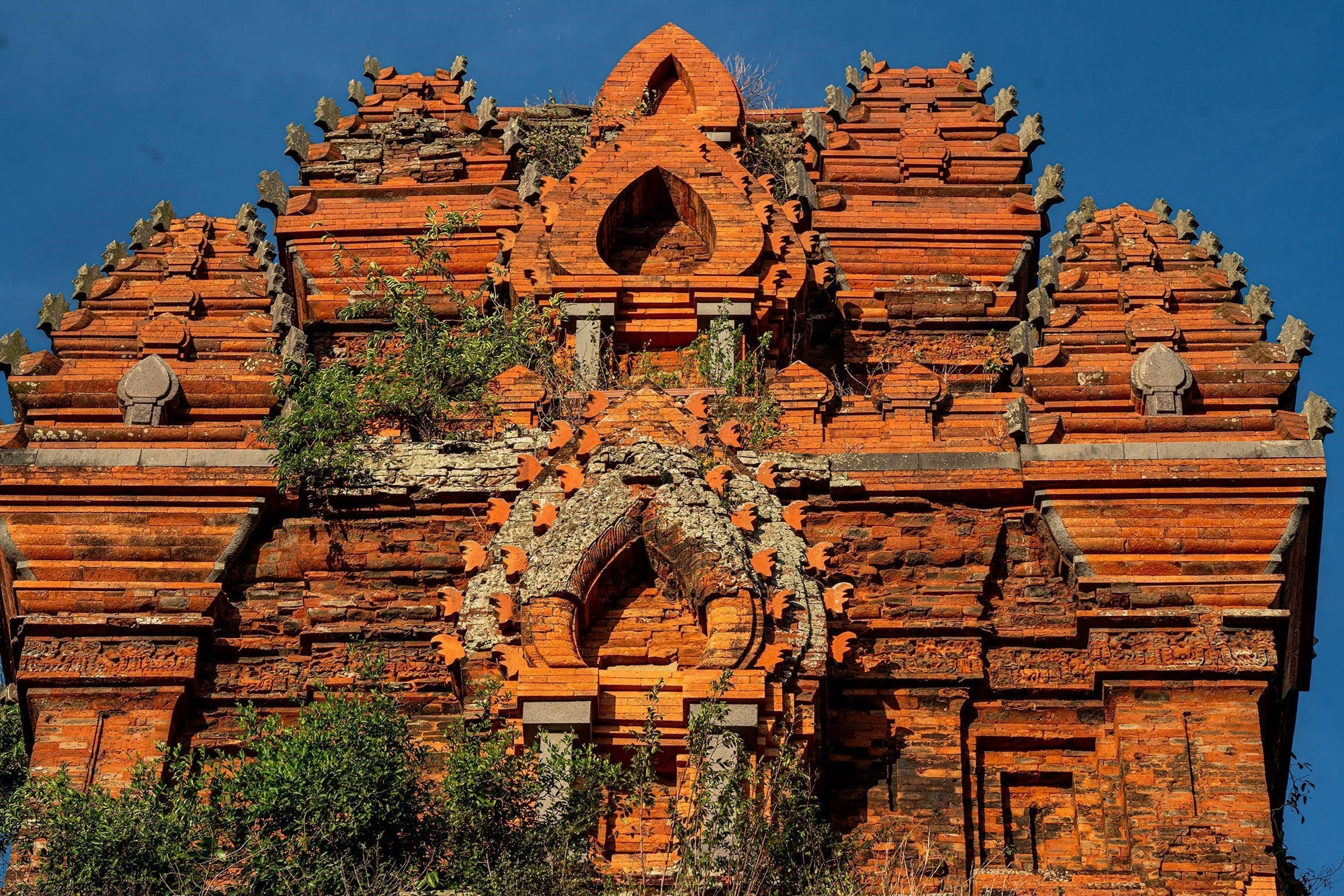
The sophisticated architecture of Banh It tower is a testament to the sustainable construction techniques and high artistic level of the ancient Cham people.
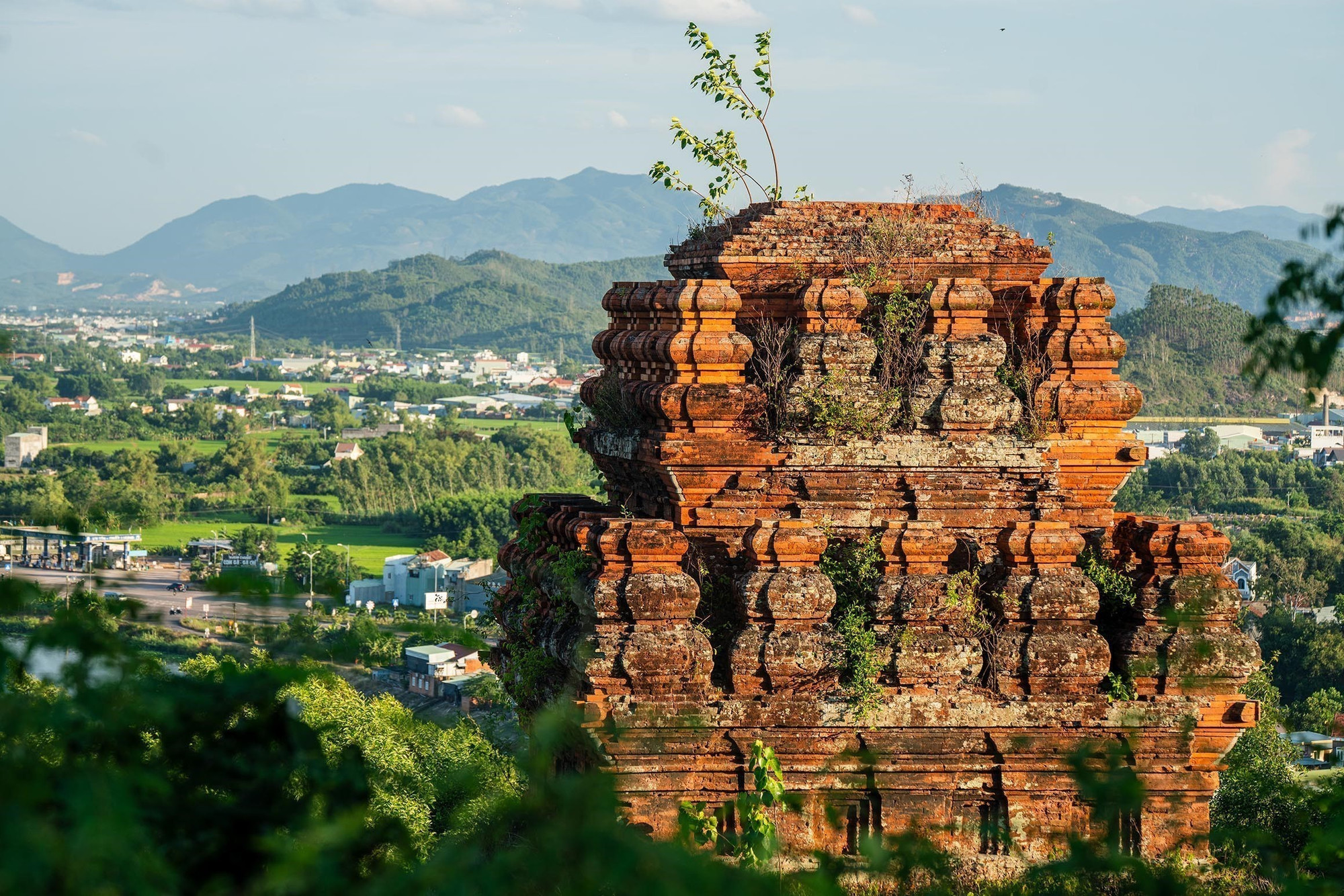
Banh It Tower was built around the end of the 11th century to the beginning of the 12th century, during the prosperous Champa kingdom. This was the period when Cham architecture reached its peak, clearly shown through the motifs, structures and construction techniques.
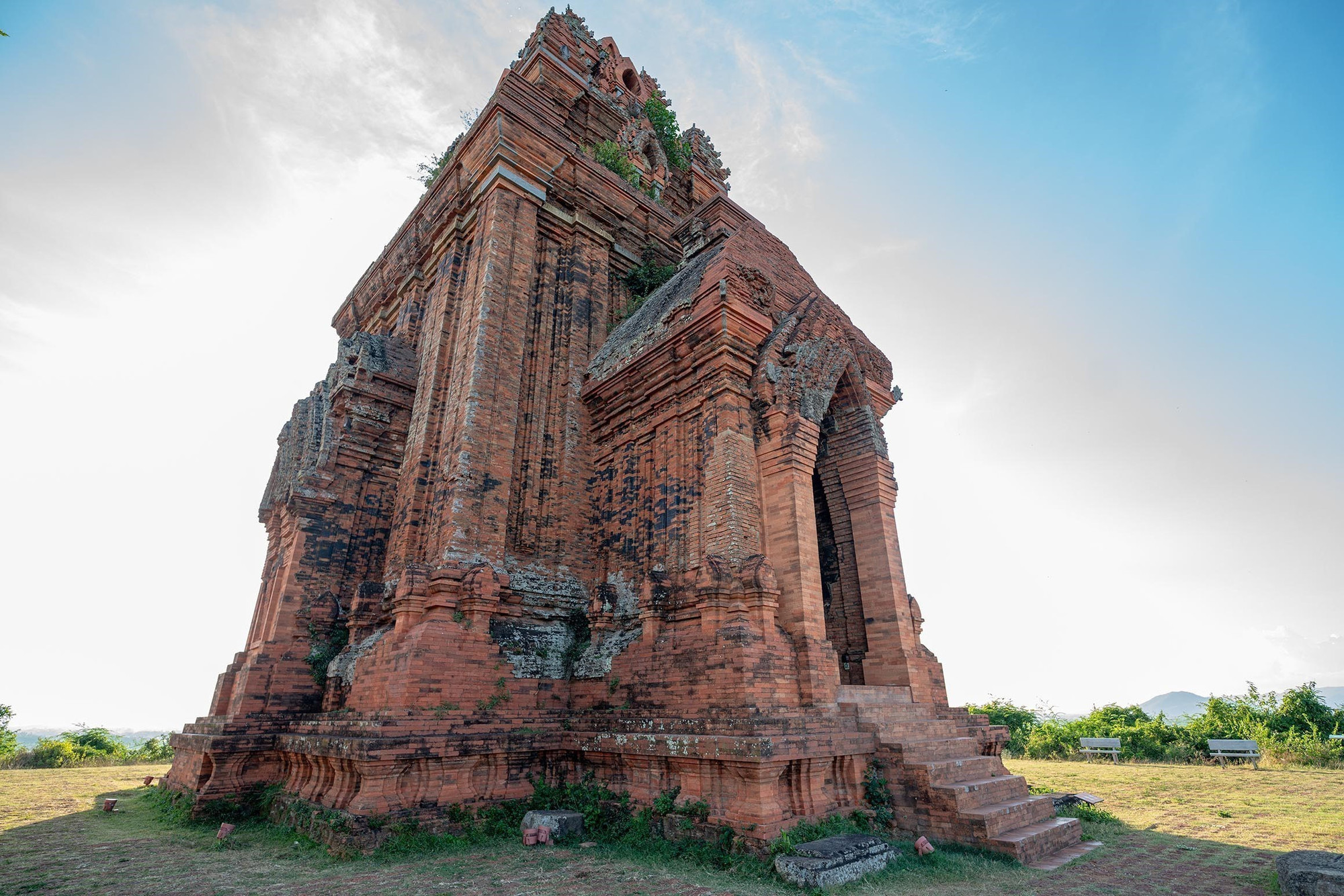
The Main Tower (Kalan) is located at the highest position on the hilltop, 29.6 m high, has a square plan with each side 12 m long, with a main door facing East and three false doors.
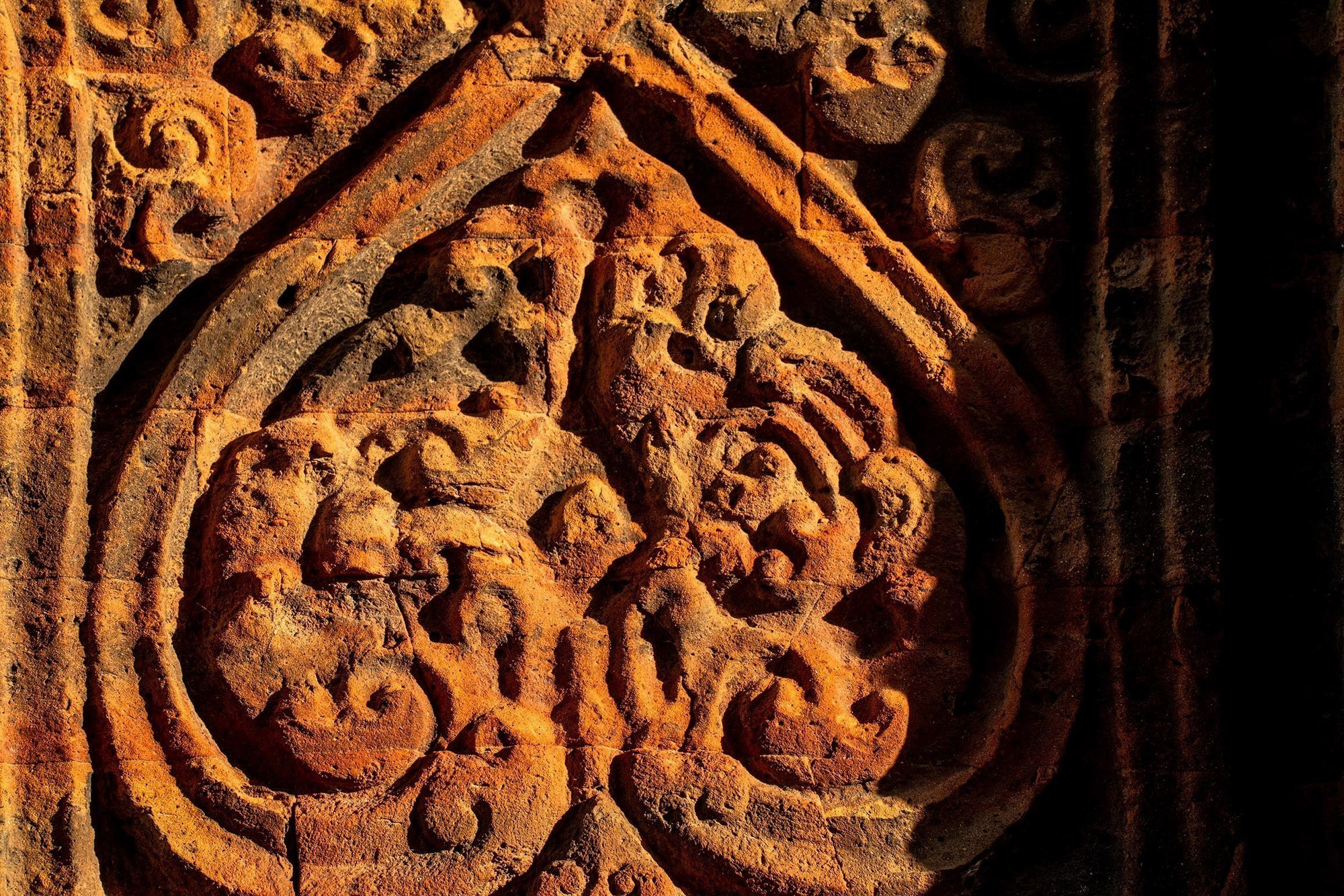
Banh It Tower was built around the end of the 11th century to the beginning of the 12th century, during the prosperous Champa kingdom. This was the period when Cham architecture reached its peak, clearly shown through the motifs, structures and construction techniques.
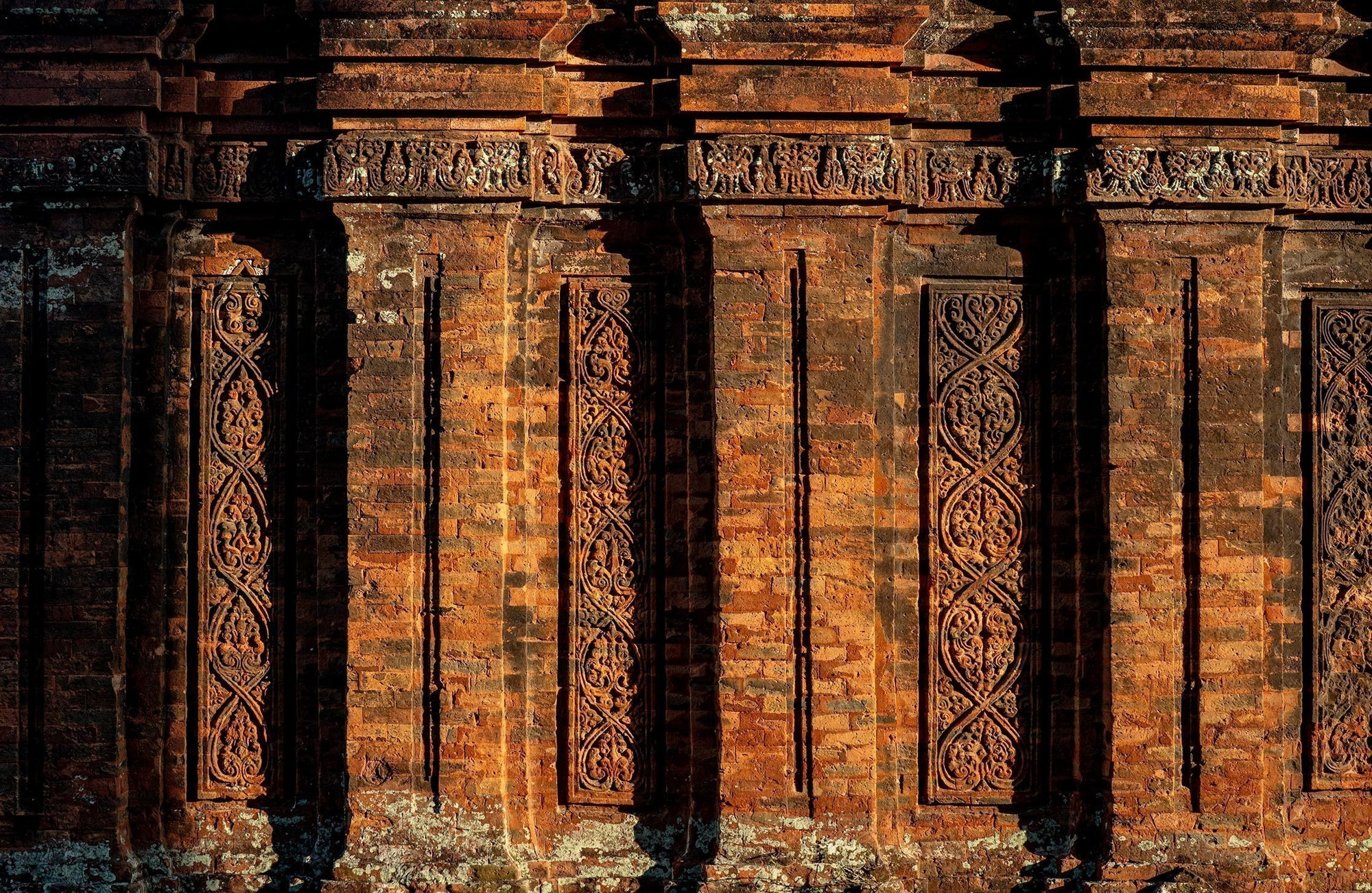
The sophisticated architecture of Banh It tower is a testament to the sustainable construction techniques and high artistic level of the ancient Cham people.
According to VNA
Source: https://baoangiang.com.vn/thap-banh-it-quan-the-kien-truc-van-hoa-dac-sac-cua-nguoi-cham-co-a461048.html


![[Photo] Solemn opening of the 8th Congress of the Central Public Security Party Committee, term 2025-2030](https://vphoto.vietnam.vn/thumb/1200x675/vietnam/resource/IMAGE/2025/10/4/f3b00fb779f44979809441a4dac5c7df)


![[Photo] Bustling Mid-Autumn Festival at the Museum of Ethnology](https://vphoto.vietnam.vn/thumb/1200x675/vietnam/resource/IMAGE/2025/10/4/da8d5927734d4ca58e3eced14bc435a3)

![[Photo] General Secretary To Lam attends the 8th Congress of the Central Public Security Party Committee](https://vphoto.vietnam.vn/thumb/1200x675/vietnam/resource/IMAGE/2025/10/4/79fadf490f674dc483794f2d955f6045)

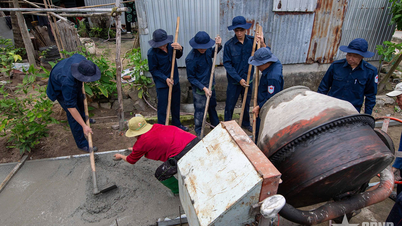


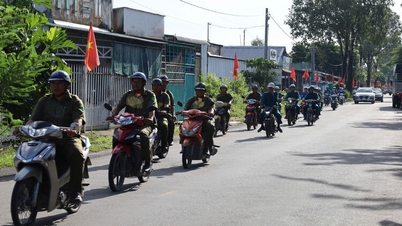


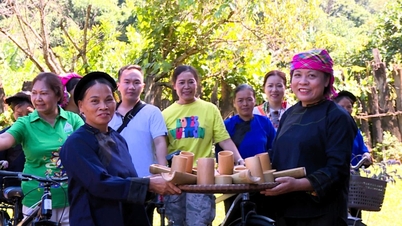





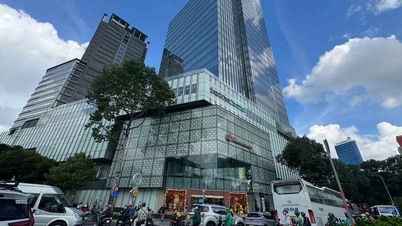

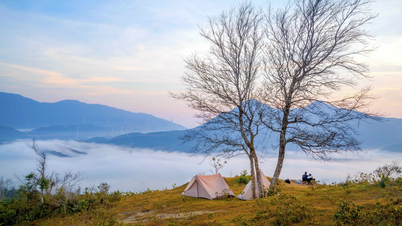

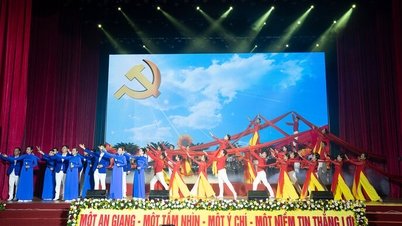






![[Megastory] Building An Giang province to develop sustainably, entering a new era with the country](https://vphoto.vietnam.vn/thumb/402x226/vietnam/resource/IMAGE/2025/10/3/f7c9bdd496204362a3927418e980c40e)

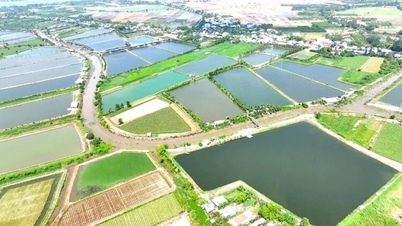




























![[VIDEO] Summary of Petrovietnam's 50th Anniversary Ceremony](https://vphoto.vietnam.vn/thumb/402x226/vietnam/resource/IMAGE/2025/10/4/abe133bdb8114793a16d4fe3e5bd0f12)
![[VIDEO] GENERAL SECRETARY TO LAM AWARDS PETROVIETNAM 8 GOLDEN WORDS: "PIONEER - EXCELLENT - SUSTAINABLE - GLOBAL"](https://vphoto.vietnam.vn/thumb/402x226/vietnam/resource/IMAGE/2025/7/23/c2fdb48863e846cfa9fb8e6ea9cf44e7)
















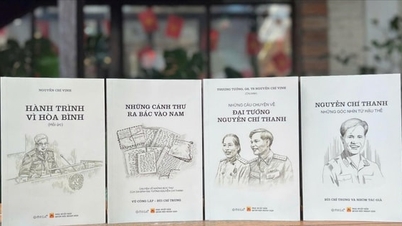



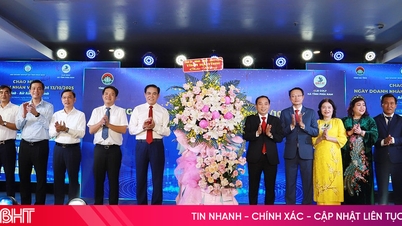

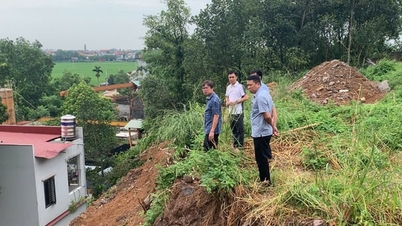
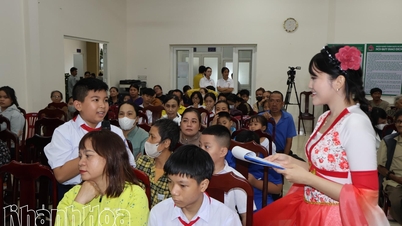

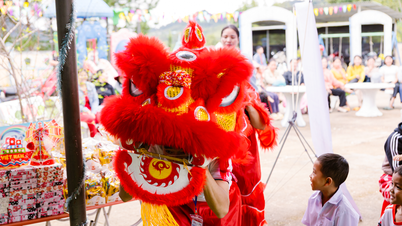






Comment (0)